May 24, 2025 | 16:20 GMT +7
May 24, 2025 | 16:20 GMT +7
Hotline: 0913.378.918
May 24, 2025 | 16:20 GMT +7
Hotline: 0913.378.918

Xuan Thuy National Forest focuses on and promotes measures to preserve coastal ecosystems. Photo: Tung Dinh.
To solve the conservation problem and ensure economic and social benefits in coastal areas with high carbon content, identifying and minimizing the causes of degradation and destruction of coastal ecosystems is approached by specific topics and activities.
Transformation or loss of coastal ecosystems due to urban development, agriculture, and aquaculture;
Construction of artificial features that impair natural tidal flooding and other processes leads to wetland degradation, loss of carbon sequestration, and release of stored carbon (e.g., roads, levees, harbor development, etc.).
Changes in river basins lead to changes in water and sediment flows. For example, deforestation on land can increase the sediment load that covers vulnerable seagrass areas downstream. Conversely, infrastructure that diverts sediment from coastal marshes and mangroves may reduce the deposition of carbon-rich sediment as sea levels rise;
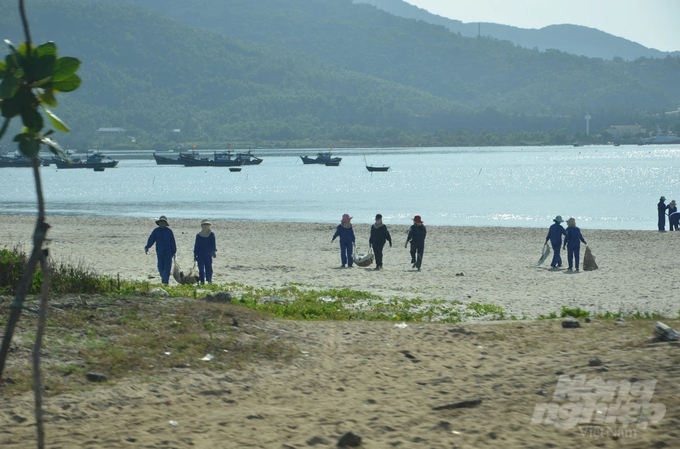
Strengthening coastal environmental protection ensures community economic and social welfare. Photo: Hai Nam.
Pollutants and nutrient runoff from land lead to the degradation of seagrass systems because nitrogen enrichment in wetlands reduces underground carbon sequestration, the marsh's ability to keep up. sea level and increased release of nitrogen oxides and gases that cause a very strong greenhouse effect;
Unsustainable production of wood and fuelwood/overexploitation, destruction of seagrass beds by dredging, trawling, boat traffic, and other activities affecting coastal ecosystems.
Strengthen national and local conservation and protection measures for high-carbon coastal systems while ensuring the economic and social well-being of communities that depend on these systems. This system includes: (1) Identifying and quantifying national coastal carbon storage; (2) Effective use of mechanisms such as land and sea integration: spatial planning, sustainable management plans, marine protected areas, conservation offsets, Payment for ecosystem services agreements, banking wetland goods and incentive agreements; (3) Adaptation measures that take into account climate impacts such as adequate and appropriate buffer zones that allow coastal ecosystems to migrate inland in response to sea level rise.
Implement region- and site-specific ecological restoration of high-carbon coastal systems, including (1) Restoring natural hydrologic patterns and sediment transport to lands Submergence has been transformed and degraded by tax and dam removal; (2) Restore and replant seagrass, tidal marsh, and mangrove vegetation.
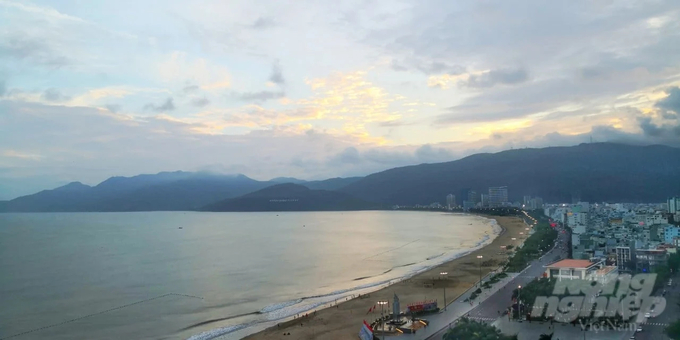
Marine planning is vital to ensuring the economic and social well-being of communities. Photo: Hai Nam.
Current international actions to reduce the impacts of climate change do not acknowledge the greenhouse gas emissions resulting from the degradation of coastal wetlands or the role of healthy coastal ecosystems in sequestering carbon dioxide.
Participate in the United Nations Framework Convention on Climate Change (UNFCCC) and related processes and mechanisms to address the management of coastal ecosystems, such as (1) Securing ecosystems coastal carbon is included and addressed in the revision and update of the Intergovernmental Panel on Climate Change (IPCC) technical guidance on greenhouse gas emissions reporting, including encourage the publication of relevant peer-reviewed research; (2) Towards long-term reporting of greenhouse gas emissions from sources and removals by sinks by direct anthropogenic coastal zone management; (3) Develop financial incentives to compensate for actions to reduce emissions from coastal ecosystems; (4) Include appropriate mangrove conservation and restoration activities in national strategies, policies and measures.
Formed in February 2011, the Blue Carbon Scientific Working Group provides the scientific foundation for the Blue Carbon Initiative by synthesizing current and emerging science on blue carbon and by providing a robust scientific basis for coastal carbon conservation, management and assessment. Priority research of the Scientific Working Group functions in close partnership with the Initiative’s Policy Working Group.
The Working Group meets regularly and consists of experts in coastal carbon science, carbon assessment, remote sensing and international climate change policy. The Working Group meets in blue carbon-rich countries and collaborates closely with local experts and government officials to identify or expand in-country activities supporting the conservation and restoration of blue carbon ecosystems.
The Blue Carbon Scientific Working Group has developed the “Coastal Blue Carbon: methods for assessing carbon stocks and emissions factors in mangroves, tidal salt marshes, and seagrass meadows”. The manual provides managers, scientists and other practitioners in the field with standardized recommendations for carbon measurements and analysis. Additionally, the Scientific Working Group co-founded and is supporting the Coastal Carbon Research Coordination Network and building tools and capacity for data sharing specifically focused on ecosystem processes and coastal wetland carbon cycling.
Translated by Huong Giang
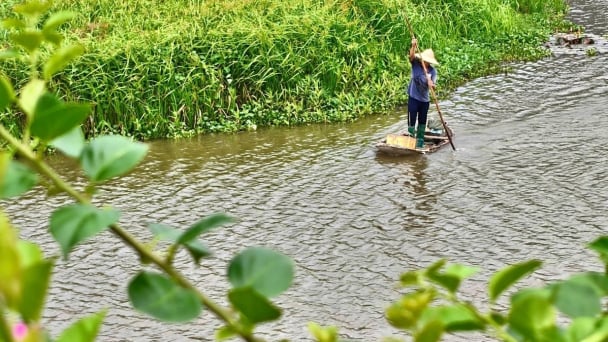
(VAN) In the tranquil wetlands of Van Long, there are quiet souls who guard the forests, nurture the waters, and oversee every bird and troop of langurs as protecting the essence of a living heritage.
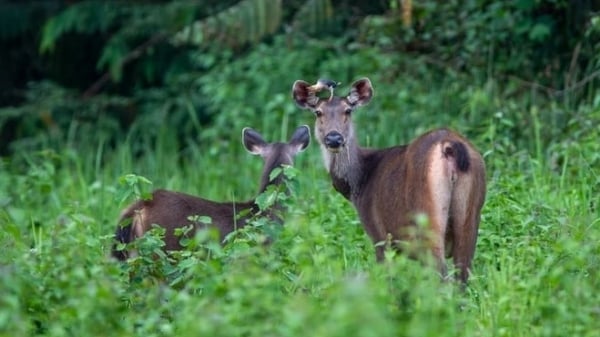
(VAN) WWF, GIZ, IUCN, UNDP call for biodiversity conservation and sustainable development must be regarded as a unity in strategies for a green future.
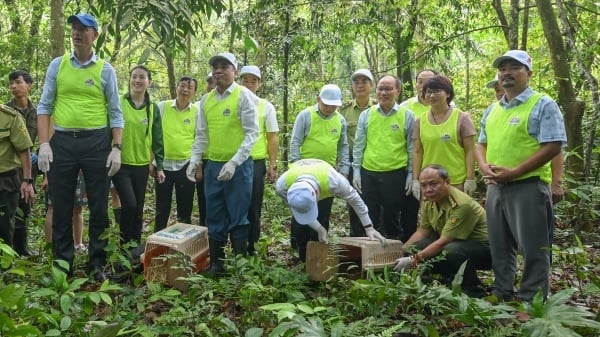
(VAN) On celebration of International Day for Biological Diversity, Deputy Minister Nguyen Quoc Tri called for practical actions to address nature and biodiversity conservation.

(VAN) Dr. Hoang Thi Thanh Nhan – Deputy Director of the Nature and Biodiversity Conservation Agency – highlighted this on the International Day for Biological Diversity, May 22, 2025.
![Ho Chi Minh city adapts to climate change: [2] Accelerating action](https://t.ex-cdn.com/nongnghiepmoitruong.vn/608w/files/chiqk/2025/05/22/4024-4220-bien-doi-khi-hau-1-100626_766.jpg)
(VAN) Clearly recognizing the challenges posed by climate change, Ho Chi Minh city has swiftly shaped its policies and implemented practical solutions to adapt.
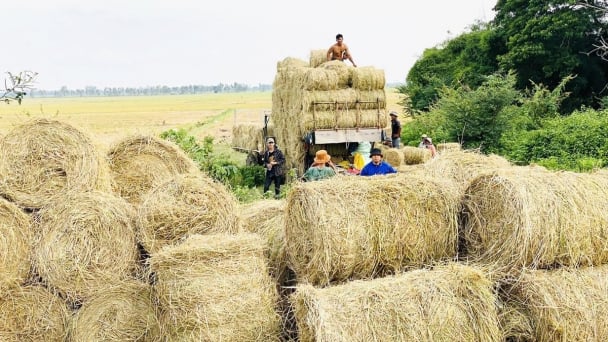
(VAN) Rice straw is no longer just a discarded byproduct, but it is becoming a green resource that helps farmers in the Mekong Delta reduce emissions and promote circular, sustainable agriculture.
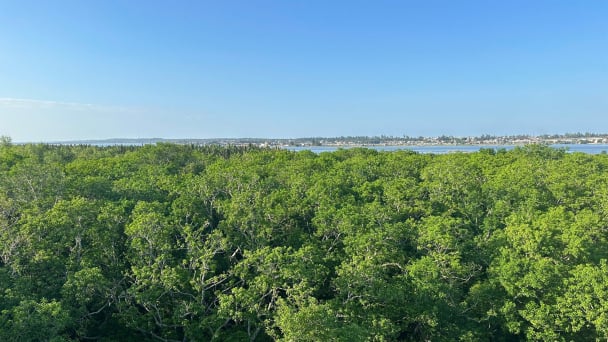
(VAN) Other Effective Area-based Conservation Measures (OECMs) are solutions that contribute effectively to achieving the goals of the Kunming–Montreal Global Biodiversity Framework.